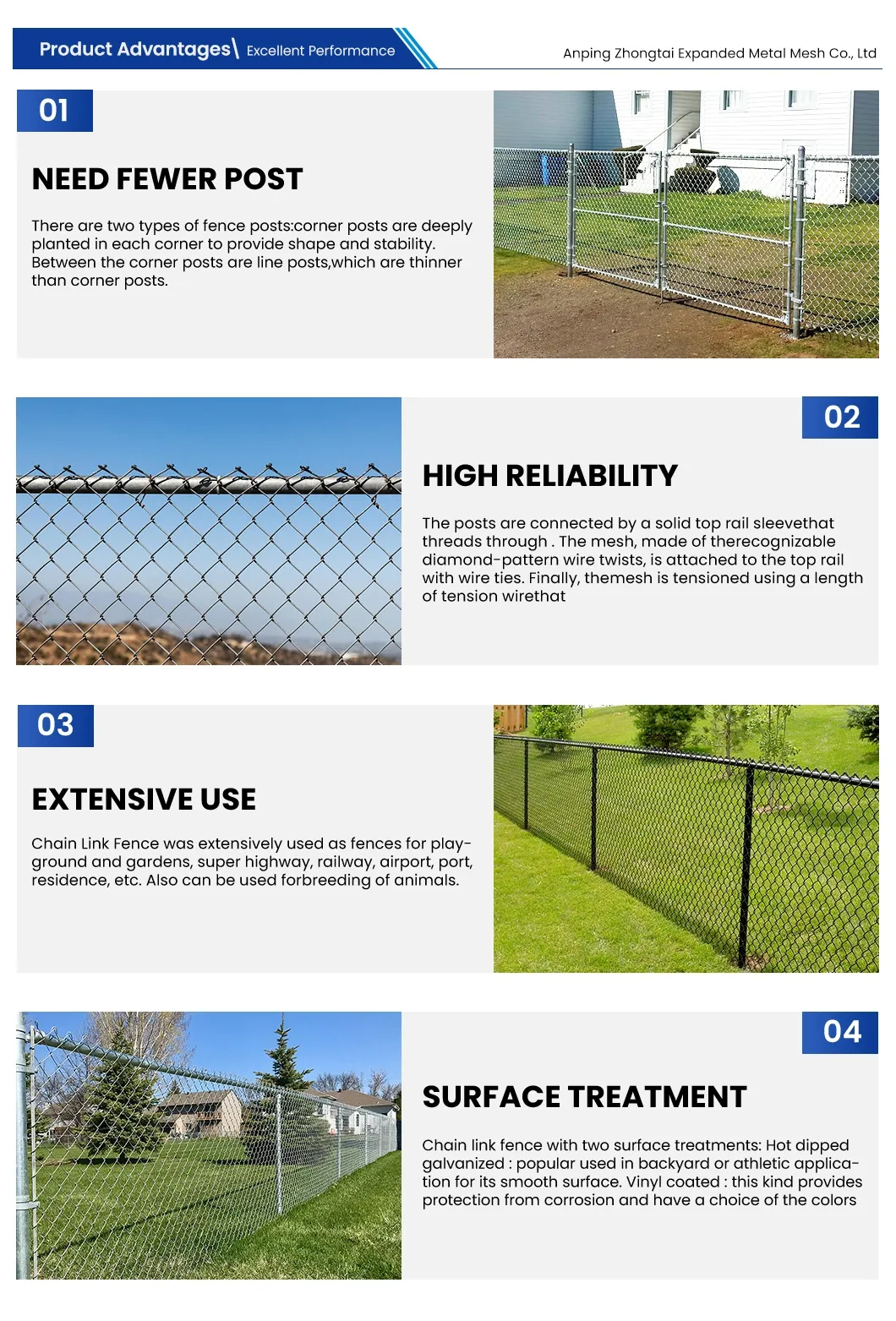Types of Steel Grating A Comprehensive Overview
Steel grating is a highly versatile material commonly used in various industrial, commercial, and architectural applications. Its durability, strength, and accessibility make it an ideal choice for flooring, walkways, platforms, and many other structures. While there are several types of steel grating, each designed for specific purposes and environments, understanding these variations is crucial for selecting the right one for your project. In this article, we will explore the main types of steel grating and their unique characteristics.
1. Bar Grating
Bar grating, often referred to simply as grating, consists of a series of parallel bars set at specified intervals. The bars can either be welded or forged, and the spacing can be adjusted based on load requirements and the intended use of the grating. Typically, bar grating is made from steel, stainless steel, or aluminum, with steel being the most common due to its high strength and cost-effectiveness. Bar grating is often used in flooring for industrial plants and walkways because of its ability to withstand heavy loads and its slip-resistant surface.
2. Welded Steel Grating
Welded steel grating is a type of bar grating where the cross bars are welded to the bearing bars to create a solid structure. This welding process leads to a more robust and stable product, making it ideal for applications subject to heavy loads and harsh conditions. Welded steel grating is often found in heavy-duty industrial settings such as wastewater treatment plants, chemical manufacturing facilities, and steel mills, where durability is paramount. Additionally, the welded joints reduce the risk of disengagement under stress, ensuring long-term performance.
types of steel grating

Press-locked grating features a unique locking mechanism that secures the cross bars in position without the need for welding. In this method, the cross bars are pressed into grooves along the bearing bars, creating a tight and secure fit. This type of grating is often lighter than welded grating but still offers substantial load-bearing capabilities. Press-locked grating is particularly useful for applications requiring easy installation and maintenance, such as pedestrian walkways and platforms.
4. Swage-lock Grating
Swage-lock grating is similar to press-locked grating, with the main distinction being the method of securing the cross bars. In swage-lock grating, cross bars are inserted into pre-drilled holes on the bearing bars and then swaged, or deformed, to lock them in place. This process results in a lightweight, yet strong grating ideal for various applications, including drainage covers, walkways, and even decorative features in architectural designs. Its ease of installation and aesthetic appeal make it a popular choice for both functional and decorative uses.
5. Fiberglass Reinforced Plastic (FRP) Grating
While not a steel product, FRP grating deserves mention in this discussion. It combines fiberglass and resin, offering exceptional resistance to corrosive substances, making it suitable for environments where metal grating may degrade quickly. FRP grating is lightweight, non-conductive, and resistant to UV rays, making it ideal for outdoor applications. Although it may not have the same load-bearing capabilities as steel variants, its unique properties make it an attractive choice for specific conditions, such as chemical plants and marine applications.
Conclusion
Choosing the appropriate type of steel grating is essential for ensuring safety, durability, and cost-effectiveness in various applications. By understanding the different types of steel grating—bar grating, welded grating, press-locked grating, and swage-lock grating—you can make informed decisions that align with your project requirements. Additionally, considering alternatives like fiberglass reinforced plastic grating can provide tailored solutions for unique challenges. Whether in industrial settings or architectural applications, the right steel grating plays a crucial role in enhancing functionality and safety.
-
Why Galvanized Trench Cover Steel Grating Resists Corrosion
NewsJul.10,2025
-
The Versatility and Strength of Stainless Expanded Metal Mesh
NewsJul.10,2025
-
Load Calculations in Steel Grating Platforms
NewsJul.10,2025
-
Keeping Pets and Kids Safe with Chicken Wire Deck Railing
NewsJul.10,2025
-
Hole Diameter and Pitch for Round Perforated Metal Sheets
NewsJul.10,2025
-
Aluminium Diamond Mesh in Modern Architecture
NewsJul.10,2025
Subscribe now!
Stay up to date with the latest on Fry Steeland industry news.

